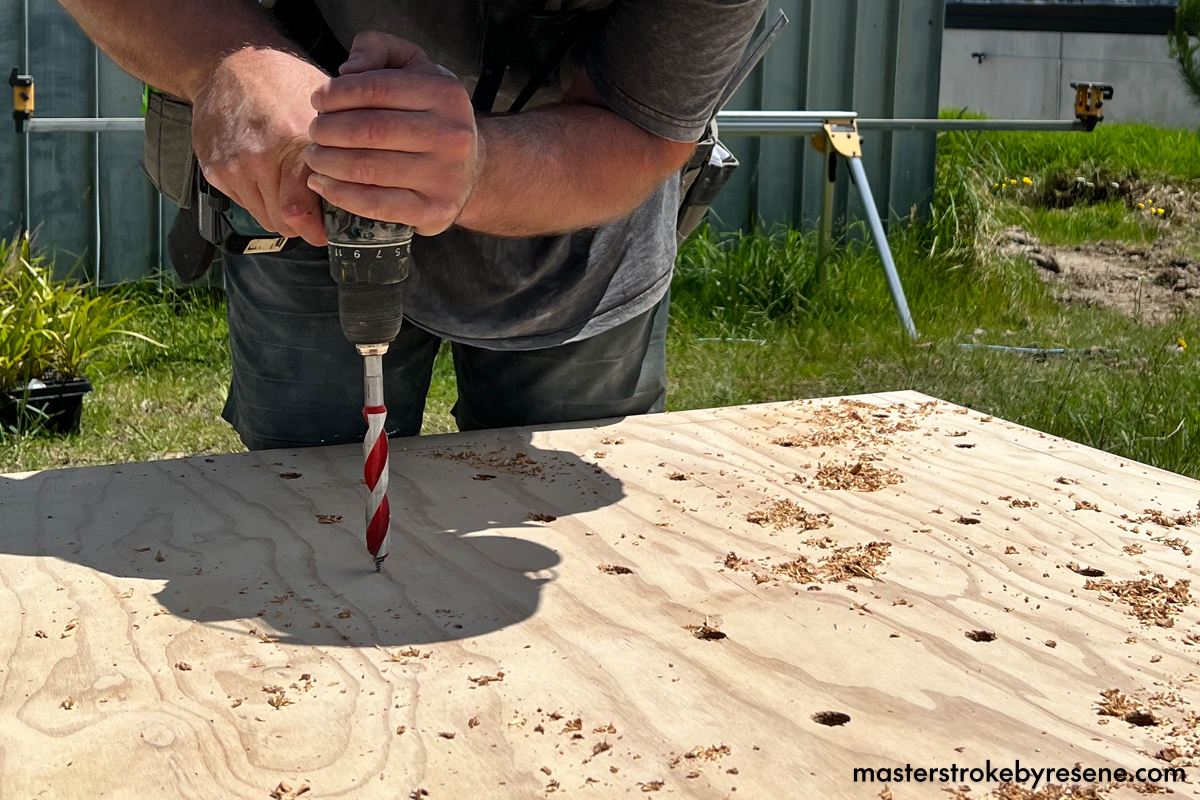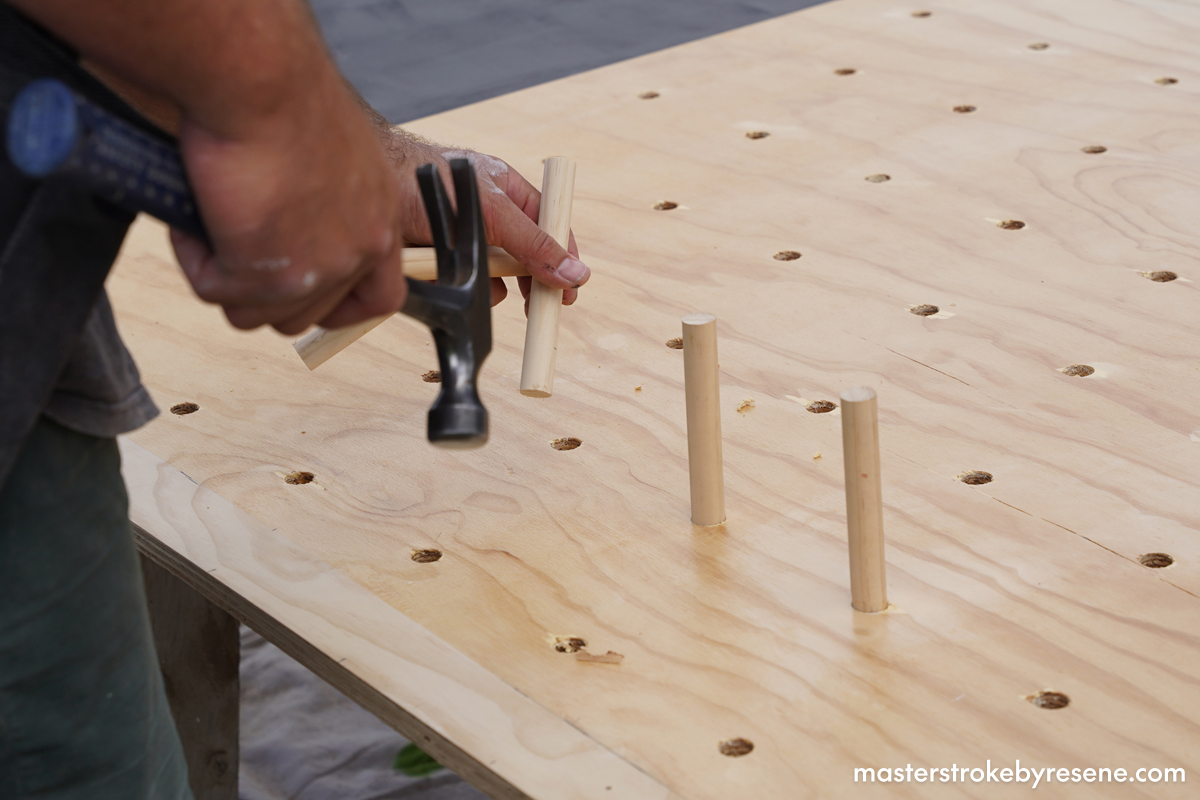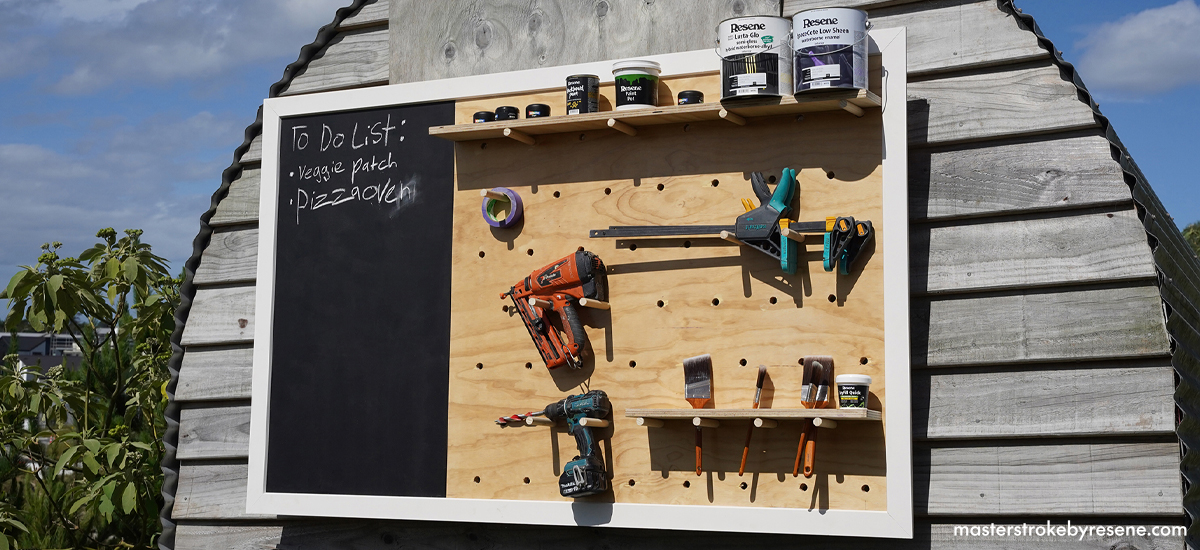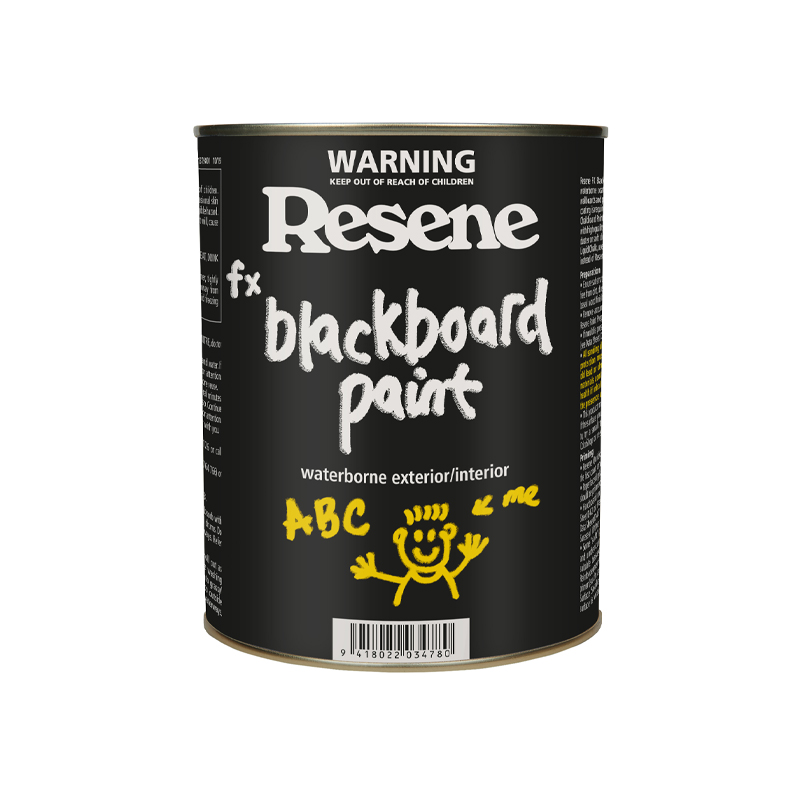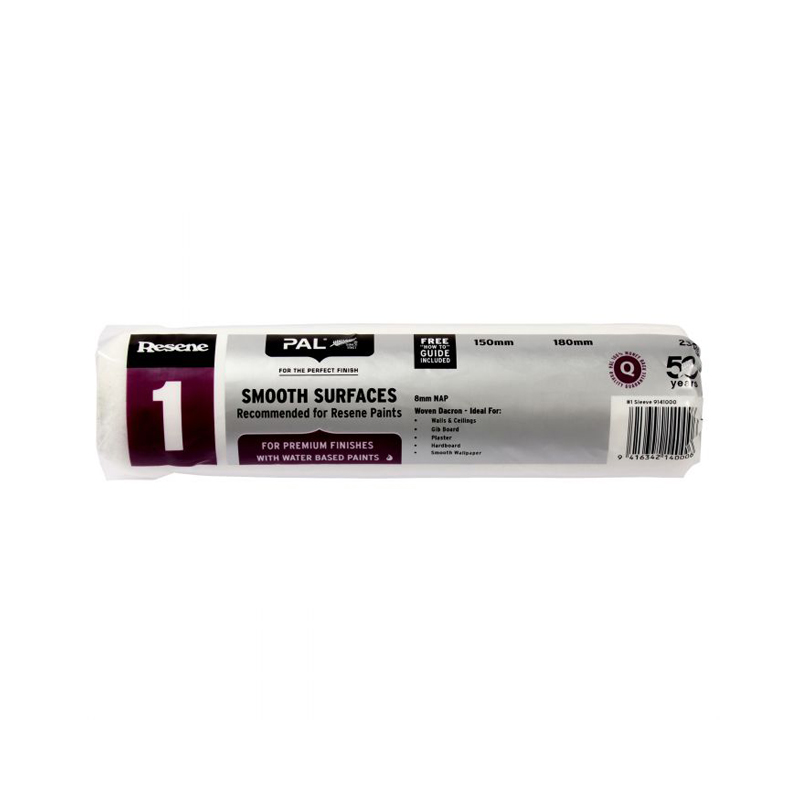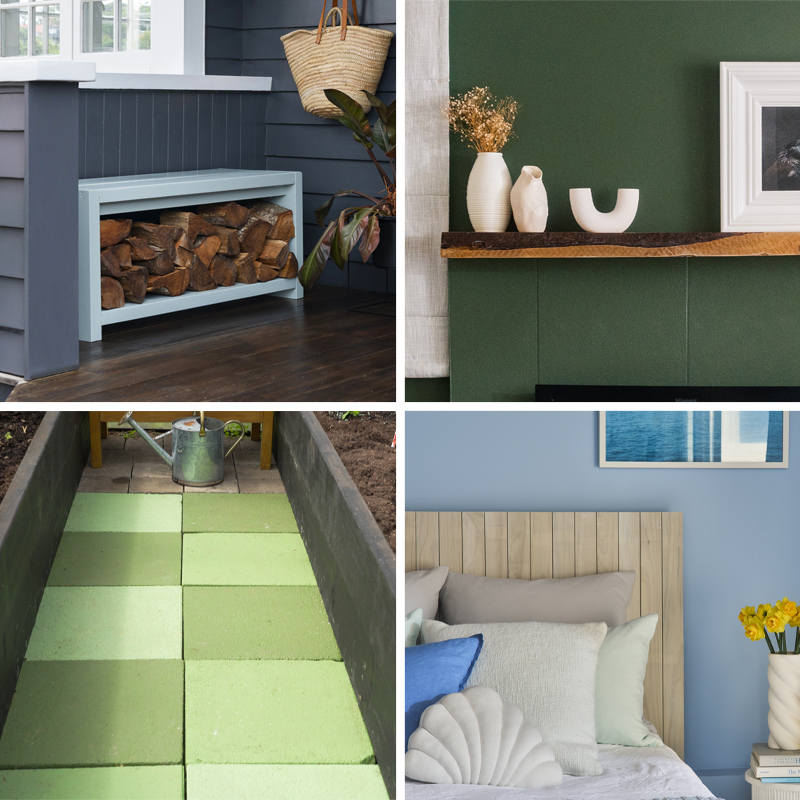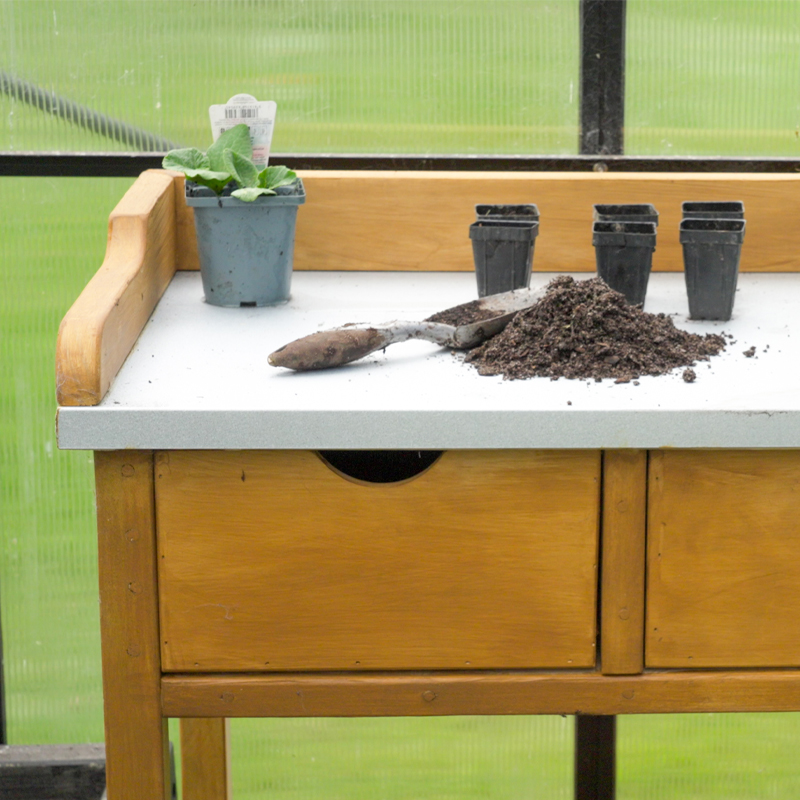Cast your mind back to your dad or mum’s shed or your grandad’s workshop. Chances are at least one wall was dominated by a pegboard sporting tidy rows of tools.
Fast forward a few decades and pegboards have come out of the workshop and into the mainstream, appearing everywhere from bedrooms to kitchens. Which probably isn’t surprising given they’re a great storage solution and help to keep items on the wall and in easy reach.
One area that pegboards really shine is in corralling painting supplies such as tins, rollers, brushes and other tools like drills and sanders.
Builder Josh Lysaght shows us how to construct a painter’s pegboard from scratch so you can stay organised on the job.



